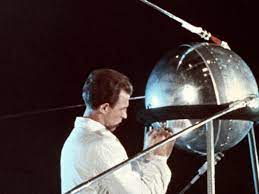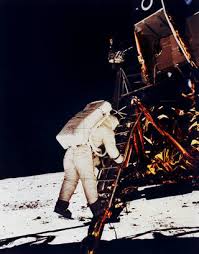by Bob Sparrow
I’ve searched high and low for something to write about this week. Yes, I was just out in ‘the desert’, had a great time, but you’ve heard those stories before. I have some fun trips planned for later in the year, but that’s for later in the year. What on earth can I possibly write about? Wait a minute, maybe what I write about is not on earth. Those who follow us here, know that I have an interest in space, and have mentioned before, perhaps on several occasions, that coincidently, my teachers always said that I took up space in school.
If you thought James Webb was the love child of Jack Webb and Princess Leia, then you should probably stop reading now.
Since the launching of this 26-year project, the James Webb Space Telescope (JWST), on Christmas day of 2021 from French Guiana, the photos that it’s been sending back to us have been spectacular! Wait a minute, why, you ask was a telescope built by the US (NASA), European (ESA) and Canadian (CSA) space agencies launched from French Guiana, of all places? You astrophysicists out there already know that the closer to the equator the launch is, the faster the earth is spinning and thus giving the launch additional push.
When one discovers that this six metric ton, floating telescope was folded up inside an Ariane 5 rocket, built by the European Space Agency, for launch on a 930,000-mile journey, it’s truly amazing . . . at least to me. Once it reached its destination, a 21-foot mirror and a tennis court-sized sunshield was unfolded. This large light collecting area can look further back in time than any previous telescope – don’t think about that for too long or your brain will start hurting! If any of the attachments failed to unfold properly, the mission would have been scrubbed, as there would be no way to reach and repair this telescope, which is 100 times more powerful that its predecessor, the Hubble Telescope. Once the JWST was in place, attachments deployed, instruments turned on, mirrors aligned and the optics of the telescope were cooled, along with other stuff that none of us normal people would understand, the telescope started sending back amazing images starting in July 2022. It’s mind boggling to me how the space agencies could work on something 930,000 miles away when I can’t even get my wi-fi working! They estimate that it will continue to send photographs back to us for the next five to ten years. Cost? About $10 Billion. Not bad when you consider we’ve already spent more than $50 Billion on Ukraine.
Photo Op: If you were to guess the name of the planet with the rings in the photo on the left, you might guess Saturn, because of the rings. Nope, it’s Neptune. Yep, Neptune has rings; they’re not as spectacular as Saturn’s, but rings none the less. Because Neptune is 30 times further from the Sun than Earth, it hasn’t been easy to photograph, but this recent close-up photo taken by the JWST last year, showed its rings.
If you want to know more of the basics of this scientific wonder, below is a link to a 13-minute, 60 Minutes segment on the JWST prior to its launch in late 2021.
https://www.youtube.com/watch?v=sMxdeUJ0v2c
Hopefully that was interesting to some of you. To keep the integrity of the science involved here, I purposely avoided any Uranus jokes. You’re welcome!






